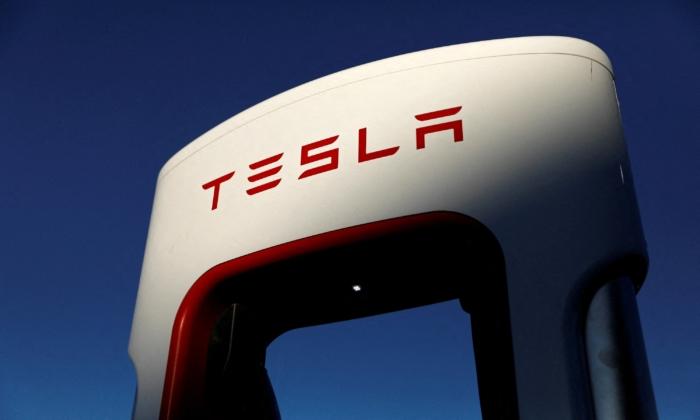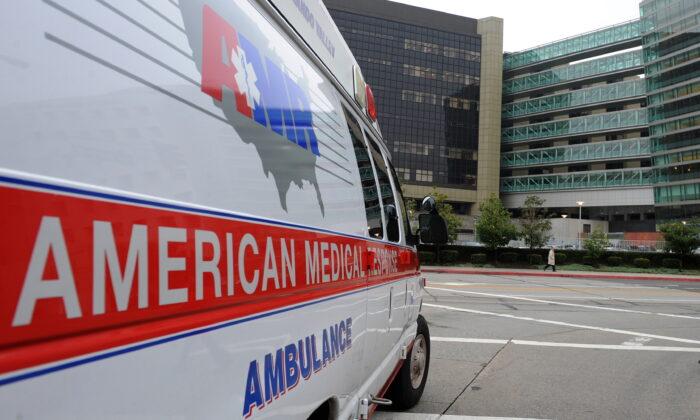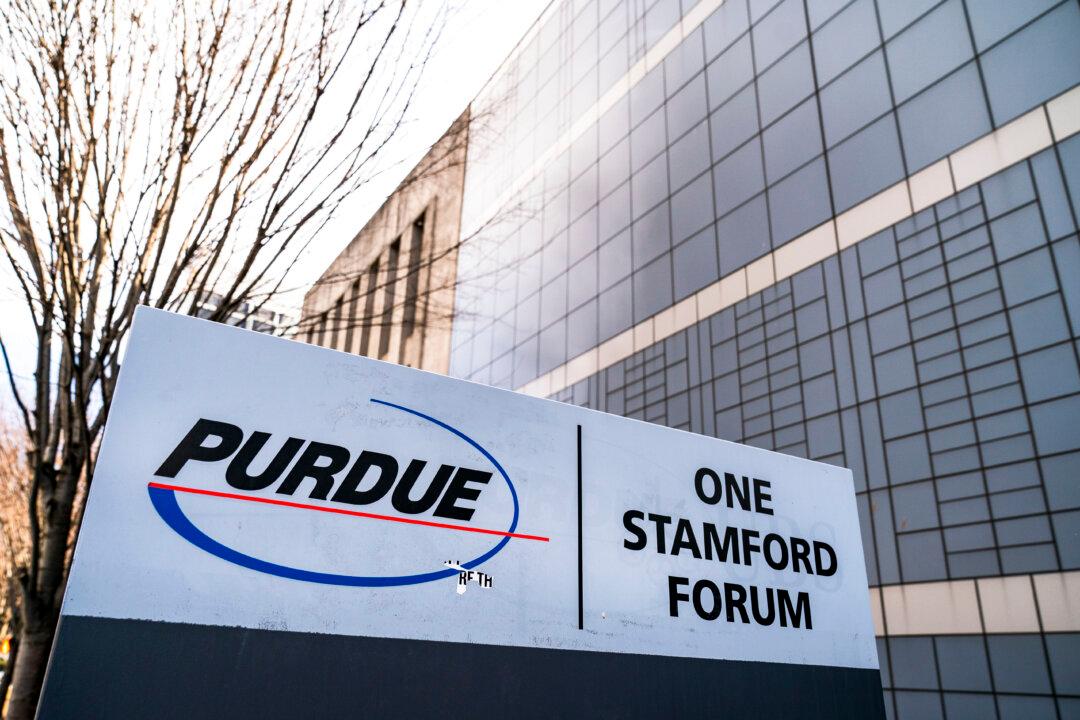Freezing temperatures have presented a challenge to charging stations for electric cars and their batteries.
According to a local report in Chicago, there have been long lines of cars with dead batteries waiting to charge at stations that aren’t working.
Another person told the local media outlet that he had been waiting for three hours in the below-freezing temperatures trying to charge his Tesla.
“Nothing. No Juice. It’s still on zero percent,” he said. “And this is, like, three hours this morning being out here. And that’s after being out eight hours yesterday.”
One driver said he was having his car towed to the Tesla center “because that’s my only option at this point.”
To add to the difficulties, drivers said the Tesla call center wasn’t helping.
The Tesla app showed that all of the stalls were full except for one.
“The problem was that five out of the 10 stalls were out of order,” he said. “The four it showed available had vacant cars that were there, so we were all using one charger and it was taking extra long to charge.”
Drivers are supposed to precondition their battery before charging so that it doesn’t take as long, he said.
“Well, when you’re sitting in the cold and you’re waiting two, three, four, five hours like me, you can’t precondition it, so it’s like a double-edged sword,” he said. “Not only are there no chargers available, and it’s taking longer to charge.”
To conserve battery power, he said he turned off the heat, even though the temperature was below zero, he said.
“I was in my car for the first two and a half hours with my heat off,” he said. “I couldn’t move.”
Mr. Welbourne said that because he was in his work clothes, he had to go to the nearest store to purchase thermal socks and a hat to keep warm.
Winter Storm
A winter storm continues to descend upon the Mid-Atlantic, Northeast, and Southern regions of the country in 17 states, causing snow and icy conditions that prompted school closures and canceled or delayed flights.According to the National Weather Service (NWS), there will be a reprieve from the intense conditions on Wednesday, but the agency said “another Arctic blast” is expected later in the week.
“Although this surge of Arctic air does not look quite as extreme as the first, bitterly cold temperatures are still possible in portions of the Central Plains this Weekend,” the NWS reported.
Impact on EVs
According to a report from Recurrent, an EV battery informational site, “cold weather temporarily reduces EV battery range.”“While some of this is due to science, and the fact that the cold slows down chemical reactions, most of it seems to be a result of climate control in EVs,” the report said, adding that AAA conducted studies and found that temperatures of 20 degrees Fahrenheit could reduce battery range by 10 to 12 percent. This loss of power increased to 40 percent when using the cabin heating system to warm the vehicle’s interior.
Recurrent suggests preconditioning one’s electric car in the winter, which means warming up the car while it’s charging.
“Preconditioning is available in most EVs using your phone’s app or by setting up a departure time,” the report said. “Some vehicles also offer a ‘winter weather’ package that is specially designed to keep battery temperatures in an ideal zone so they are always ready when you start to drive.”
Instead of relying on the cabin heater, drivers should turn it down and use seat warmers and the heated steering wheel.
“These features use less energy and provide targeted heat, giving you more battery to travel,” the report said.
Recurrent also says drivers should expect longer charging times in colder weather.
“To protect the high voltage battery, many cars limit the charging voltage when the battery is cold,” Recurrent said. “Regular charge speed will return when the battery has warmed up.”
In newer EVs, when a driver uses the vehicle’s built-in navigation system to find a charging station, the car will precondition the battery itself to reduce charging time.
It adds to turn down the regenerative braking when driving on roads that are covered in ice.
“You will want to be able to engage your brakes more than in temperate conditions,” the report said.
“Regenerative braking may also be limited by your battery management system if the battery is cold since a cold battery cannot charge as fast as a warm one,” the report said.
Keep the EV stored and charged at a maximum setting of 70 to 80 percent, Recurrent stated.
“That way, the car can pull energy from the wall to keep warm, rather than using the battery,” the report said. “Otherwise, you may return to a lower battery capacity than expected.”
The Epoch Times contacted Tesla for comment.







